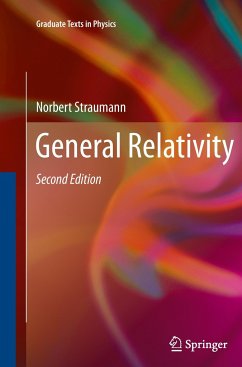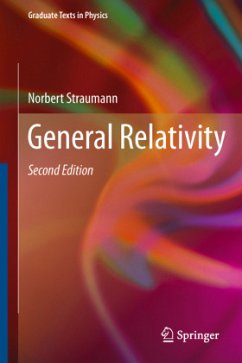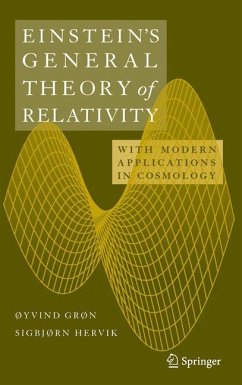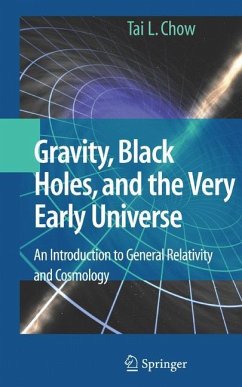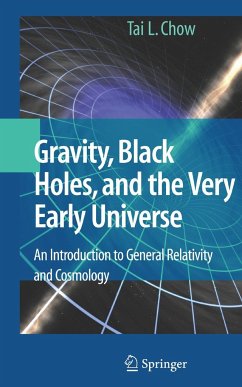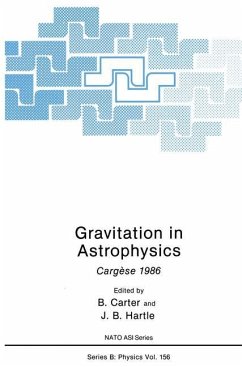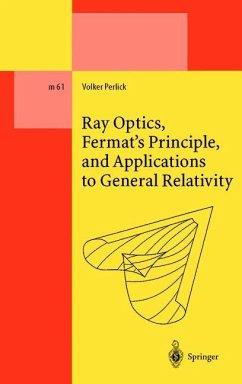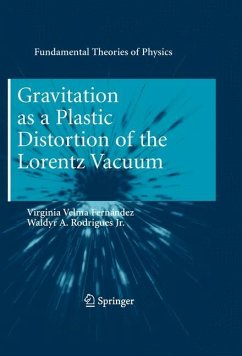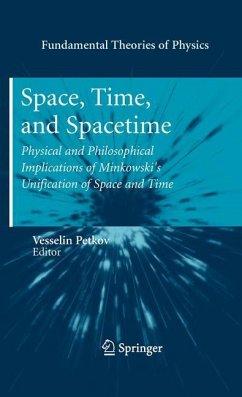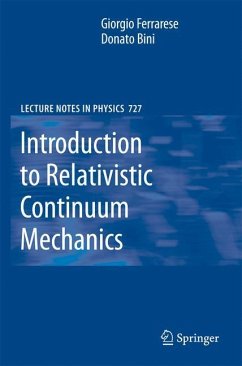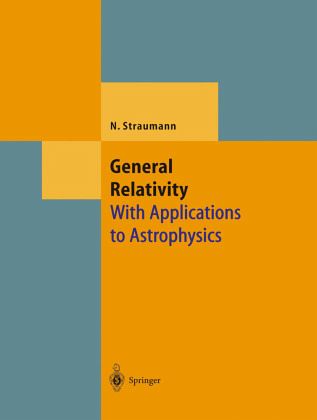
General Relativity
With Applications to Astrophysics
Versandkostenfrei!
Versandfertig in 6-10 Tagen
62,99 €
inkl. MwSt.
Weitere Ausgaben:

PAYBACK Punkte
31 °P sammeln!
Physics and mathematics students are as eager as ever to become acquainted withthefoundationsofgeneralrelativityandsomeofitsmajorapplicationsin astrophysics and cosmology. I hope that this textbook gives a comprehensive and timelyintroduction toboth aspectsof thisfascinating?eld,and willturn out to be useful for undergraduate and graduate students. This book is a complete revision and extension of my previous volume 'GeneralRelativityandRelativisticAstrophysics'thatappearedabouttwenty years ago in the Springer Series'Texts and Monographs in Physics'; however, it cannot be regarded just as a ne...
Physics and mathematics students are as eager as ever to become acquainted withthefoundationsofgeneralrelativityandsomeofitsmajorapplicationsin astrophysics and cosmology. I hope that this textbook gives a comprehensive and timelyintroduction toboth aspectsof thisfascinating?eld,and willturn out to be useful for undergraduate and graduate students. This book is a complete revision and extension of my previous volume 'GeneralRelativityandRelativisticAstrophysics'thatappearedabouttwenty years ago in the Springer Series'Texts and Monographs in Physics'; however, it cannot be regarded just as a new edition. In Part I the foundations of general relativity are thoroughly developed. Some of the more advanced topics, such as the section on the initial value problem, can be skipped in a ?rst reading. Part II is devoted to tests of general relativity and many of its app- cations. Binary pulsars - our best laboratories for general relativity - are studied in considerable detail. I have included an introduction to gravi- tional lensing theory, to the extend that the current literature on the subject should become accessible. Much space is devoted to the study of compact objects, especially to black holes. This includes a detailed derivation of the Kerr solution, Israel's proof of his uniqueness theorem, and a derivation of the basic laws of black hole physics. Part II ends with Witten's proof of the positive energy theorem. All the required di?erential geometric tools are developed in Part III.





